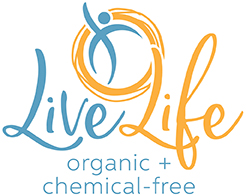Reference: Toluene (chemical)
Source name: Agency for Toxic Substances & Disease Registry (ATSDR) Reference type: Toxic Substances Portal Date of study or article: Accessed January 28, 2019. Last updated March 3, 2011. Summary: Toluene affects the immune and nervous system – two of the body’s organ systems. It is a chemical in the volatile organic chemical (VOC) family of chemicals. It’s a clear, colorless liquid that occurs naturally in crude oil and the tolu tree. Further, it is produced during the process of making gasoline and other products from crude oil and coal. It can be found in paints, paint thinners, fingernail polish, lacquers, adhesives, rubber, and in printing, and leather tanning processes. Notable quotes: Link to reference material: ATSDR Toxic Substances Portal - Toluene
